First Impressions Review of the New Leica T
The Leica brand is synonymous with the rangefinder camera. Many modern compact mirrorless digital cameras reflect the retro styling of 35mm Leica rangefinder designs. When I look at the simplicity and 50s styling of a camera like the Fuji x100s, I only see a modern version of the Leica M3.
Interestingly, Leica’s new compact digital camera, the Leica T, does not embrace the retro-styled design that is currently popular. Instead, Leica is celebrating its 100th birthday as a camera manufacturer by releasing a brand-new design that is simple, modern, and sleek.
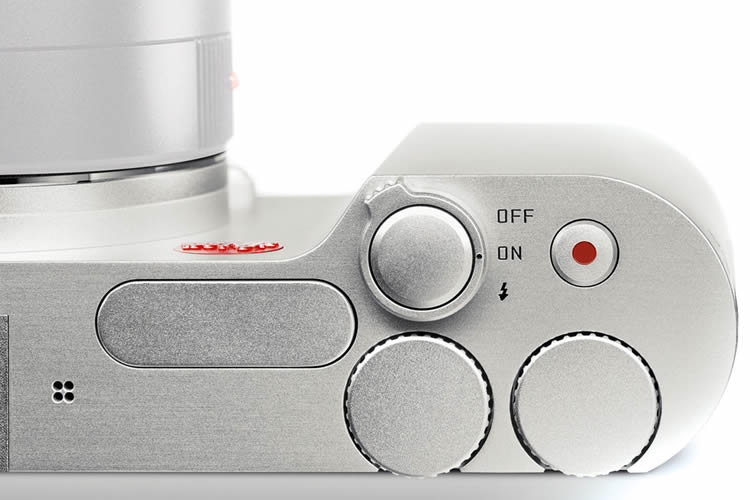
The Leica T is everything that the en vogue retro compact mirrorless camera club isn’t. The camera’s “unibody” design creates smooth unbroken lines. You won’t find a viewfinder. The black easy-grip body that you would expect from Leica is instead a smooth polished metal. There are manual control dials – but only two and they are offset and unlabelled.
Many people can’t pinpoint the appeal of the new Leica T in an era after the Fujifilm x100 proved that retro-cool sells. If anything, I would have expected Leica to play up their image as a “cool” throwback brand by releasing a camera that screams 1964 like a Beatles re-release album.
The thing is, Leica doesn’t appear to be interested in selling T series cameras. While it is innovative, functional, and attractive in a modern sense, the Leica T will be out of reach for many photographers. Paired with a 18-56mm Vario-Elmar-T lens, a Leica T kit should set you back around $4,300.
The Leica T is a work of design art and like any fine-art object it has a prohibitive price. That appears to be the point. Leica could have easily released a camera that looks just like the Fujifilm x100, reflecting their century long heritage as an innovator in designs that modern cool consumers crave. Instead, Leica took a step back and said, “Get over retro cool, this is the future“.
Design and Body
There is nothing unnecessary about the Leica T’s body. Instead of an internal chassis, the T is milled from a single solid aluminum block that is hand-polished in the factory. The result of Leica’s dedication to perfection is a combination between beauty and feel that no other cameras currently match. The single-piece body feel is noticeable and the camera is well-balanced. Just eliminating the single-block chassis and it’s tedious milling and polishing process—one that takes a 1.2kg block of aluminum and makes it a slim 94g – would have reduced the price significantly.
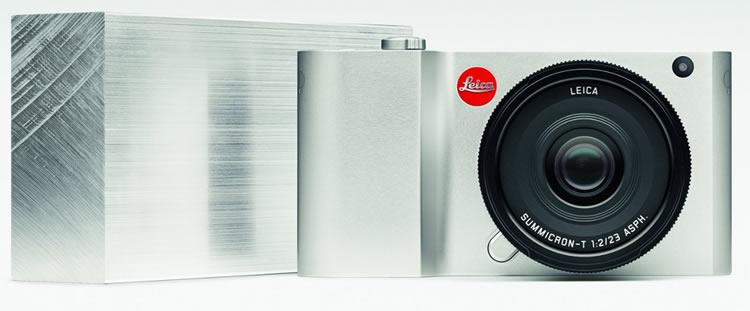
The top of the camera has five control points – two exposure parameter dials, a shutter release button, a movie record button, and an on/off switch. There is a hot shoe and a built-in pop up flash. Everything except the shutter release and accompanying power switch rests flush against the camera body contributing to the sleek monolithic design.
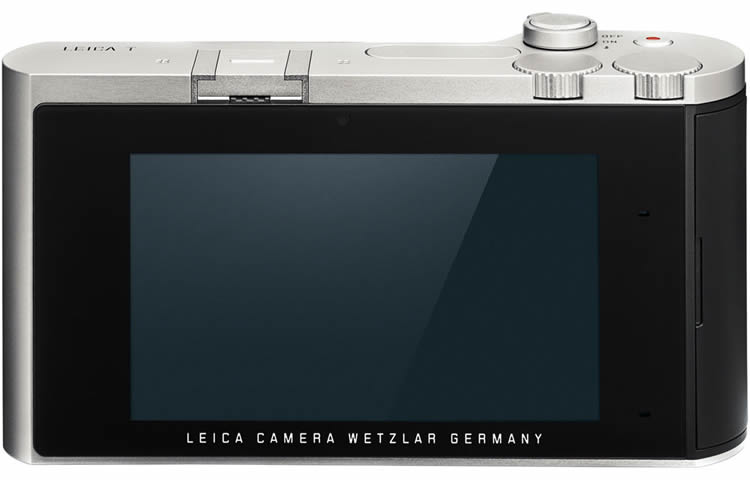
The impressive touchscreen takes up most of the camera back. It is 3.7-inches and has a 16:9 aspect ratio. The SD card slot and micro-USB port are hidden by a plastic door that keeps the design uniform.

Image Sensor, Lens Mount, and Image Quality
The image sensor is straight from a Sony NEX. It delivers 16.5-megapixels in an APS-C size with an ISO range of 100 to 12500. There is no option to shoot RAW only, but you can pair JPG with DNG RAW. It will shoot at 5fps continuous and can record full 1080 HD movies with stereo sound.
The all-new T-mount lens system isn’t your only option. Leica will also be offering an M-mount lens adapter. The camera’s optical sensor can “read” the code emitted by modern lenses to determine what type of lens you are using.
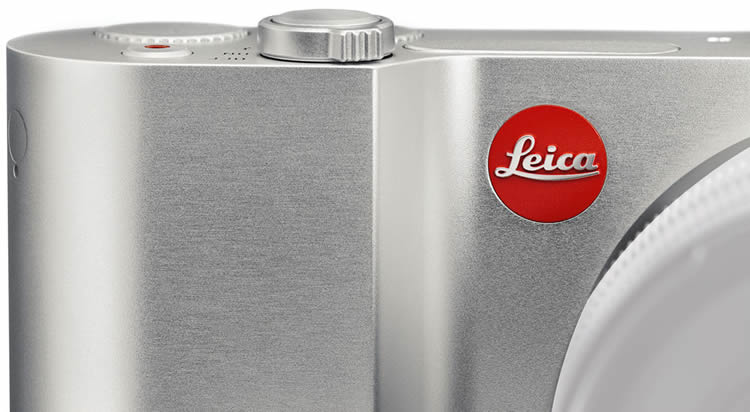
The first two lenses slated for release with the Leica T are the Summicron-T 23mm f/2 prime and the Vario-Elmar-T 18-56mm f/3.5-5.6. Two additional lenses are scheduled for release at the end of the year – the Vario-Elmar-T 55-135 f/3.5-4.5 telephoto zoom and a wide-angle Super-Vario-Elmar-T 11-23mm f/3.5-4.5. All of the lenses are impressively expensive—around $1500 each on their own.
Current samples show impressive image quality for an APS-C sensor camera. Nonetheless, full-frame pixel peepers might be disappointed. As a point of comparison, the Leica T delivers about the same quality as a Canon 7D with a quality L-series prime lens attached. The thing is, the 7D can be had at less than a quarter of the cost of the Leica T.
Conclusion
It’s difficult to compare the new Leica T to anything else that is available on the market. Leica didn’t design a camera, they designed an ascetic statement to the camera world. It’s priced so that most photographers can’t afford it. It uses lenses that are impressively expensive.
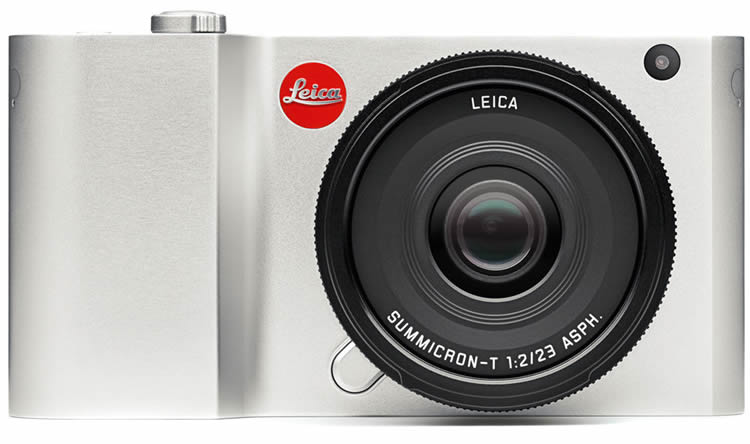
The Leica T is designed well and full of small features that would impress any photographer.
The reality, however, is that it will never be an everyday camera for most people. While impressive, the Leica T’s real function is to showcase the relevance of Leica’s design ideas after 100 years in the business. Instead of celebrating their company’s 100th birthday with a retro-sleek copy of the Fuji x100s – a camera that is in itself a testament to Leica’s design – they decided to step back and envision something beautifully new.
You can order the Leica T via Amazon.
